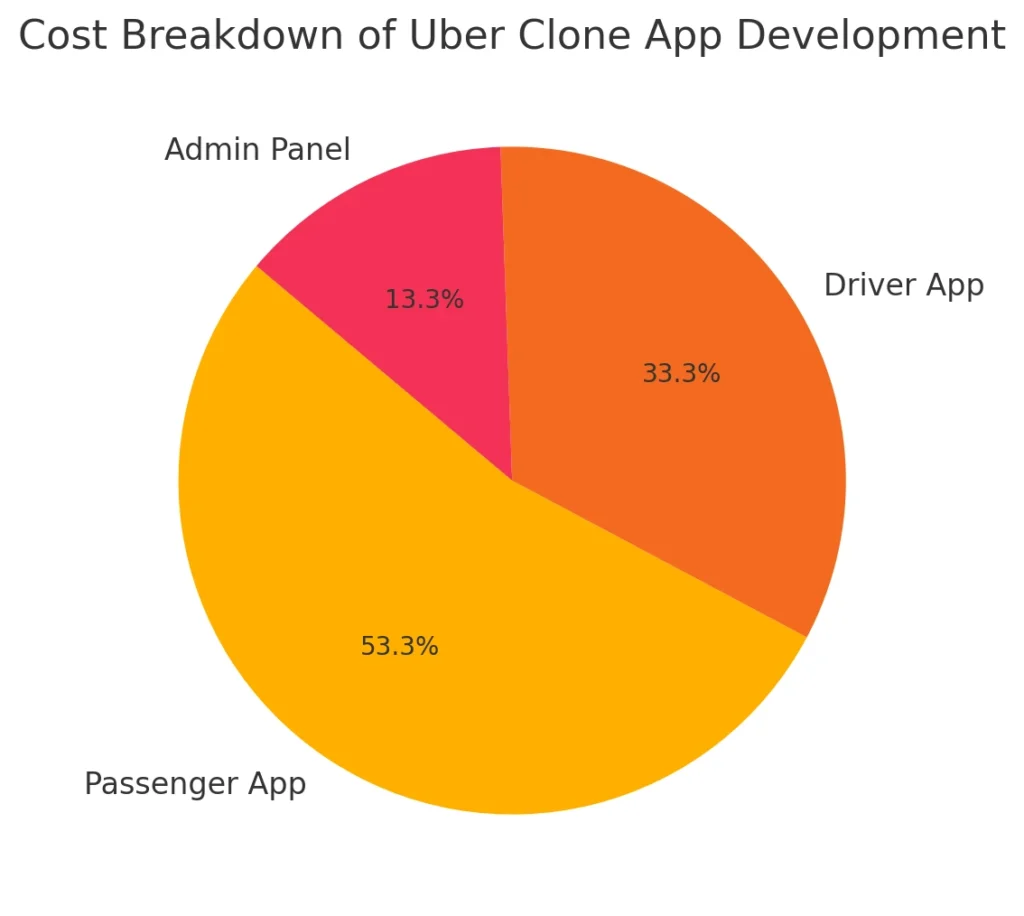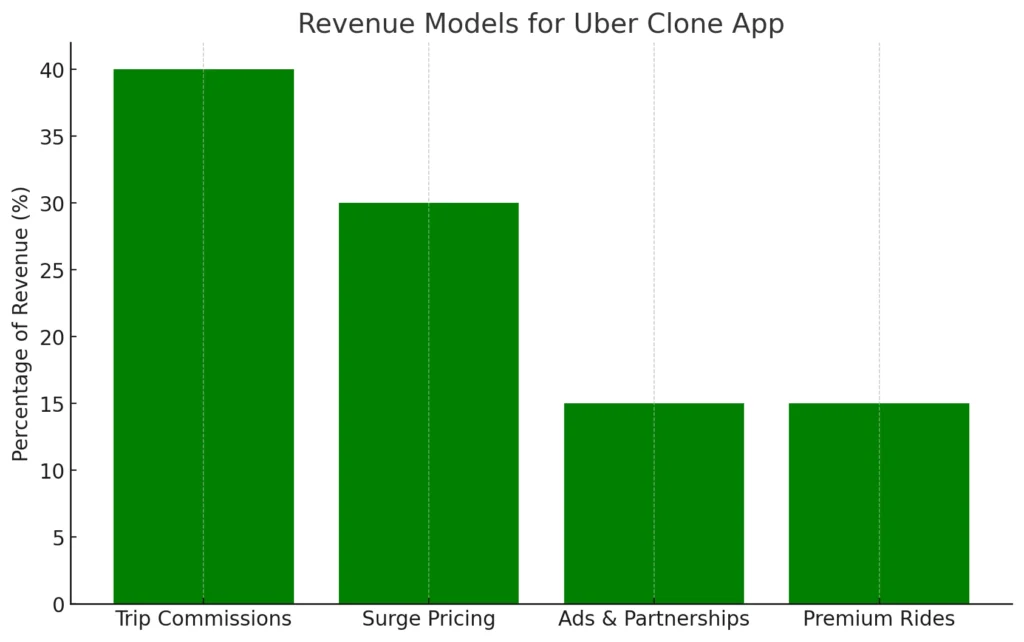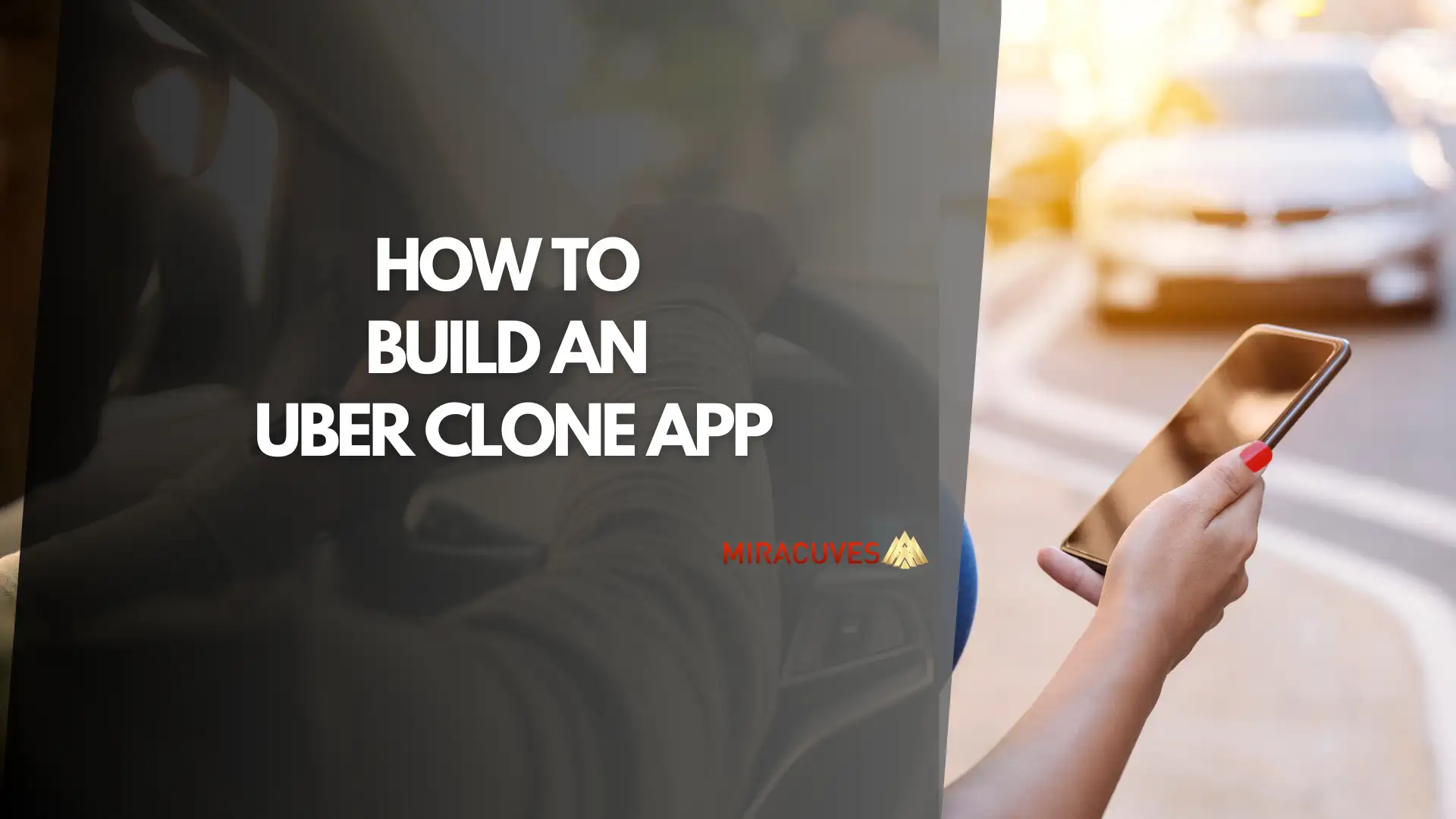The ride-hailing industry has revolutionized transportation, providing people with convenient, on-demand travel solutions. At the forefront of this innovation stands Uber, whose disruptive business model reshaped how we hail cabs and manage logistics. With the market for ride-hailing projected to grow significantly, entrepreneurs have a unique opportunity to develop Uber-like apps tailored to local needs and niche audiences.
However, building a scalable Clon de Uber requires more than replicating features. It demands a strategic blend of market research, intuitive design, robust technical infrastructure, and compliance with regional regulations. Whether your goal is to streamline local transportation or launch a specialized service like bike taxis, developing a ride-hailing platform is a gateway to business growth. This guide walks you through every essential step—from planning and feature prioritization to deployment and monetization—to ensure your app achieves maximum success.
Key Phases of Development
Building a successful Uber clone app requires a step-by-step development approach to ensure both functionality and scalability. Here are the essential phases:
1. Investigación y planificación de mercados
- Identify gaps in the market and analyze competitors (e.g., Uber, Lyft).
- Define your app’s unique selling proposition (USP) to differentiate it.
- Research the target audience’s needs and preferences to shape your offering.
The global ride-hailing industry offers significant growth opportunities, with the market expanding rapidly across regions. Entrepreneurs launching ride-hailing platforms should explore current trends to identify profitable niches and geographic hotspots. (Source:- Estadista)
2. Choosing a Development Team and Strategy
- Decide between in-house development vs. outsourcing based on budget and expertise.
- Start with an MVP (Producto Mínimo Viable) to test core functionalities and gather feedback early.
3. Feature Planning for MVP
- Prioritize key features: ride-booking, GPS tracking, secure payments, and driver-rider communication.
- Plan for iterative development with advanced features to be added post-launch.
Legal and Compliance Requirements
Compliance is critical when developing an Uber-like app, ensuring smooth operations and trustworthiness.
- Licencias y permisos: Obtain permits based on local regulations for ride-hailing businesses.
- Data Privacy Compliance: Adhere to PCI-DSS standards for secure payment handling and follow GDPR or other regional laws to protect user data.
- Driver Verification and Insurance: Ensure that all drivers are properly vetted, licensed, and insured.
- Safety and Liability Protocols: Implement safety measures, including emergency response systems and insurance policies, to minimize risks.
Core Features of an Uber Clone App
Developing a robust Uber clone involves designing distinct interfaces for passengers, drivers, and admins.
1. Passenger/Rider App Features
- Registro: Easy signup via email, social media, or phone.
- Ride Booking: Select pickup, drop-off locations, and vehicle type.
- Seguimiento en tiempo real: Monitor the driver’s location and estimated arrival time.
- Opciones de pago: Support for in-app payments, wallets, and cash.
- Ratings & Reviews: Provide feedback on rides.
2. Driver App Features
- Trip Alerts: Notifications for new ride requests and routes.
- Navigation: GPS-based routing with real-time traffic updates.
- Earnings Reports: Track daily and weekly performance.
3. Admin Panel Features
- User and Driver Management: Oversee registrations, rides, and reviews.
- Payment & Fare Management: Monitor transactions, discounts, and commissions.
Lea también:- How to Start a Taxi Business in 2024
User Experience (UX) & Interface Design Best Practices
Creating an intuitive, user-friendly interface is crucial for rider, driver, and admin experiences.
- Consistency in Design: Maintain familiar navigation patterns and use consistent branding across all interfaces.
- Facilidad de uso: Minimize clicks required for booking rides and payments. Implement one-tap actions where possible, such as re-booking past rides.
- Accessibility and Language Support: Ensure the app is accessible for all users, including multilingual support and easy readability for diverse audiences.
- Real-time Feedback: Provide instant updates through notifications, animations, and progress indicators.
- Driver and Admin Usability: Design tailored dashboards for drivers and admins to track earnings, trips, and system performance effortlessly.
Technical Requirements and Tech Stack
| Functionality | Technology Used | Plataforma |
|---|---|---|
| GPS & Mapping | Google Maps API, CoreLocation API | iOS, Android |
| Integración de pagos | Stripe, PayPal, Braintree | Multi-platform |
| Notificaciones push | Firebase, APNS, Twilio | iOS, Android |
| Infraestructura en la nube | AWS, Google Cloud | Scalable backend |
Developing an Uber-like app requires a solid technical foundation to ensure seamless operations across platforms.
1. GPS & Mapping Integration
- API de Google Maps: Used for route navigation and real-time tracking.
- CoreLocation (iOS) & Google Location API (Android): For detecting user and driver locations accurately.
2. Payment Gateways
- Integración de Stripe, PayPal, or Braintree ensures smooth cashless transactions with PCI-DSS compliance for data security.
3. Push Notifications & Messaging
- Twilio for SMS and Firebase/Apple Push Notification Service to send alerts on booking, arrival, and ride completion.
This robust tech stack ensures smooth navigation, secure payments, and real-time communication.
A crucial component of any ride-hailing platform is accurate GPS tracking. Utilizing reliable tools like the Google Maps API ensures smooth navigation, helping drivers follow optimized routes and provide better service to customers. Learn more about Google Maps API
Medidas de seguridad
Implementing robust security protocols ensures user trust and app integrity.
1. Fraud Prevention Mechanisms
- Usar OTP (One-Time Password) verification to authenticate users during critical actions, such as booking and payment.
2. PCI-DSS Compliance
- Ensure compliance with Payment Card Industry Data Security Standards to protect payment data.
3. Data Encryption
- Use end-to-end encryption to safeguard personal information and prevent unauthorized access.
4. Emergency Safety Features
- Integrar SOS buttons and real-time monitoring to enhance passenger safety.
These measures create a secure environment for both riders and drivers, fostering trust and credibility.
Lea también:- Indrive Clone vs. Uber Clone: Best Ride-Hailing for Business
Cost and Timeline Considerations

| Componente de desarrollo | Costo estimado (USD) | Estimated Timeline |
|---|---|---|
| Aplicación para pasajeros | 30,000 – 60,000 | 2-4 months |
| Aplicación para el conductor | 20,000 – 50,000 | 1-3 months |
| Panel de administración | 7,000 – 12,000 | 1-2 meses |
| Total (Advanced App) | 80,000 – 180,000 | 6-10 months |
Developing an Uber clone app involves multiple cost factors that vary based on complexity and platforms.
1. Cost Breakdown
- Aplicación para pasajeros: $30,000 – $60,000 (basic) or up to $120,000 for advanced features.
- Aplicación para el conductor: $20,000 – $50,000 depending on feature set.
- Panel de administración: Estimated $7,000 – $12,000.
2. Development Timeline
- MVP Development: 2-5 months to launch a working version.
- Full Product: 6-10 months for a feature-rich app.
Costs can increase with custom design, advanced features (e.g., AI integration), and multi-platform development.
Revenue Models & Monetization Strategies

| Modelo de ingresos | Descripción | Ejemplo |
|---|---|---|
| Trip Commission | Percentage of fare taken from drivers | Uber charges 25% per ride |
| Aumento de precios | Higher fare during peak demand | Peak hours, festivals |
| Publicidad en la aplicación | Partner promotions shown to users | Ads on receipts or in-app |
| Viajes Premium | Luxury ride services with higher fares | UberX, Uber Black |
| Modelos de suscripción | Users pay for ride discounts and benefits | Monthly ride passes |
Building a profitable Uber clone requires diverse revenue streams beyond ride commissions.
1. Trip Commissions
- A fixed percentage of the fare (e.g., 20-25%) is deducted from every ride as a commission from drivers.
2. Precios dinámicos
- Increase prices during peak hours based on demand to maximize earnings.
3. Premium Rides and Subscriptions
- Offer luxury rides or subscription models for frequent users with exclusive benefits.
4. Advertising and Partnerships
- Monetize through in-app ads or partnerships with brands (e.g., promotions on receipts).
These models ensure sustainable growth and scalability for the platform.
Lea también:- Key Features of a Successful Uber Clone
Launch, Marketing, and Scalability
Successfully launching an Uber clone app requires a combination of pre-launch preparation, targeted marketing, and scalable infrastructure.
1. Pre-Launch Testing and Feedback
- Conduct thorough testing across platforms to ensure performance and functionality. Use beta testing to gather early user feedback for improvements.
2. Marketing Strategies
- Utilizar social media campaigns, influencer partnerships, and referral programs to create buzz. Collaborate with local businesses to attract both riders and drivers.
3. Scalability with Cloud Infrastructure
- Implementar cloud-based solutions (e.g., AWS, Google Cloud) to manage increasing user demand efficiently. Scale infrastructure dynamically as your user base grows.
These strategies ensure a smooth launch, attract early adopters, and build a foundation for sustainable growth.
Conclusión
Creando un Uber clone app involves a strategic blend of market research, feature planning, development, and robust security. Building MVPs with essential features helps test the market and gather user feedback early. A scalable cloud infrastructure ensures smooth expansion, while revenue models like trip commissions, surge pricing, and premium services drive profitability. Ongoing marketing and compliance with regional regulations ensure long-term success.
With expert guidance, you can develop a competitive ride-hailing platform. Miracuvas offers comprehensive app development solutions to bring your vision to life with seamless technology and tailored services.
Publicaciones relacionadas:-
- Launch Your Bolt Clone App: Build a Powerful Ride Platform
- The Future of Uber Clone: Why Ride-Hailing is Thriving
Preguntas frecuentes
How long does it take to build an Uber clone app?
Building a basic MVP can take 2-5 months, while a feature-rich version may take up to 10 months.
How much does it cost to develop an Uber clone app?
The cost ranges from $60,000 to $180,000, depending on the platforms, features, and development complexity.
What technologies are used to develop an Uber-like app?
Google Maps API, CoreLocation, Stripe, Firebase, and Twilio for navigation, payments, and communication.
How can I ensure the security of my Uber clone app?
Usar PCI-DSS compliance, encryption protocols, and OTP verification to safeguard user data and transactions.
What are the best ways to monetize an Uber clone app?
Usar trip commissions, surge pricing, premium rides, and in-app advertising to generate revenue.





























































